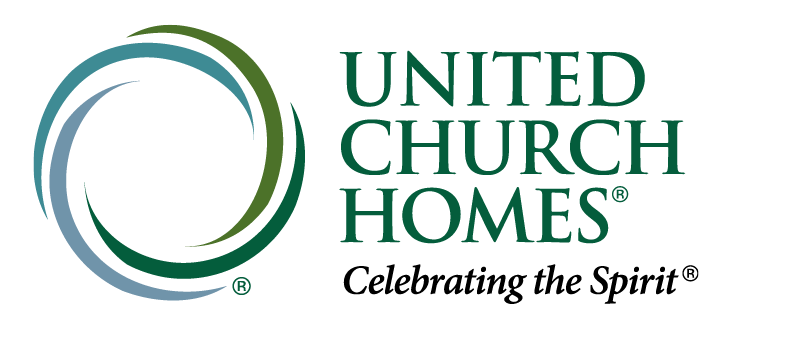Highlights from this week’s conversation include:
- Ryan’s journey into the brain health space and why he is so passionate about it (2:04)
- Unlocking motivations to help change behaviors (9:15)
- Attitudes impact on brain health (13:31)
- Exploring the concept of exer-gaming (15:50)
- The importance of neuromotor exercise (20:06)
- Brain benefits from neuromotor exercise (27:08)
- How to find enjoyment in exercise programs (29:05)
- Group exercise brings external accountability (32:53)
- Connecting with Ryan (35:55)
- Abundant Aging questions for Ryan (36:48)
Abundant Aging is a podcast series presented by United Church Homes. These shows offer ideas, information, and inspiration on how to improve our lives as we grow older. To learn more and to subscribe to the show, visit abundantagingpodcast.com.

